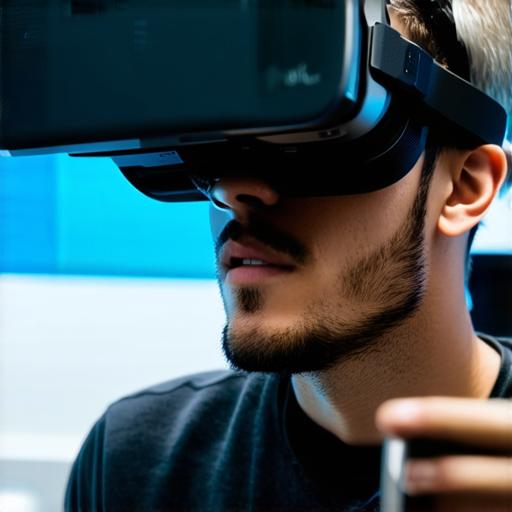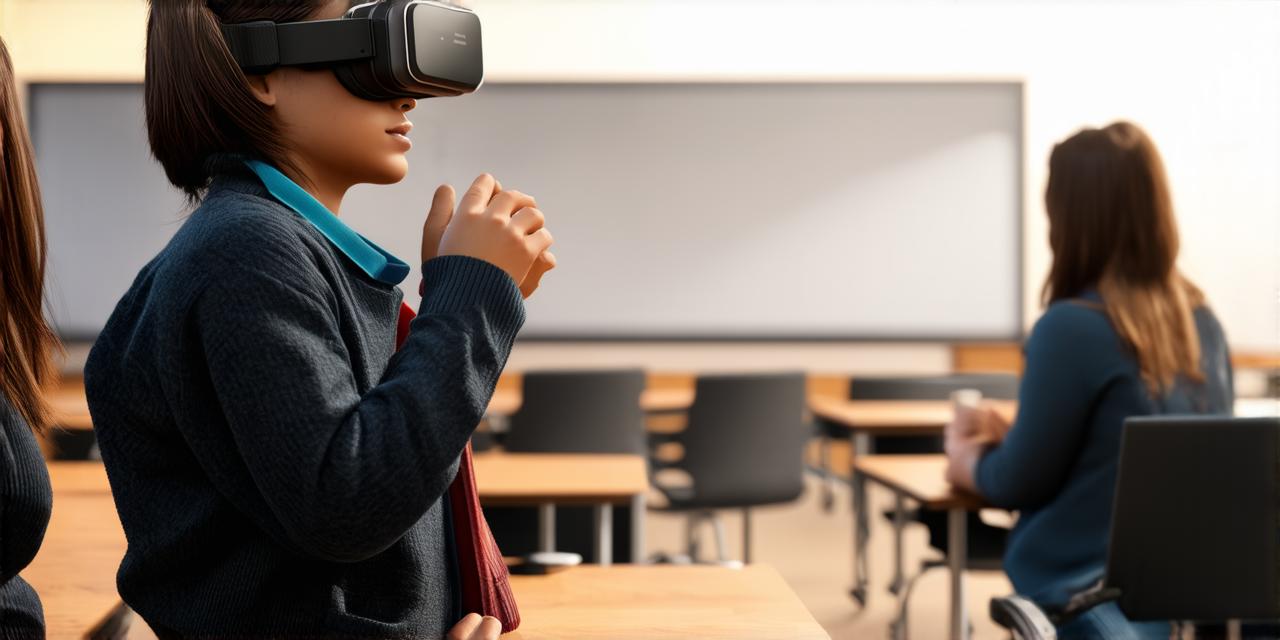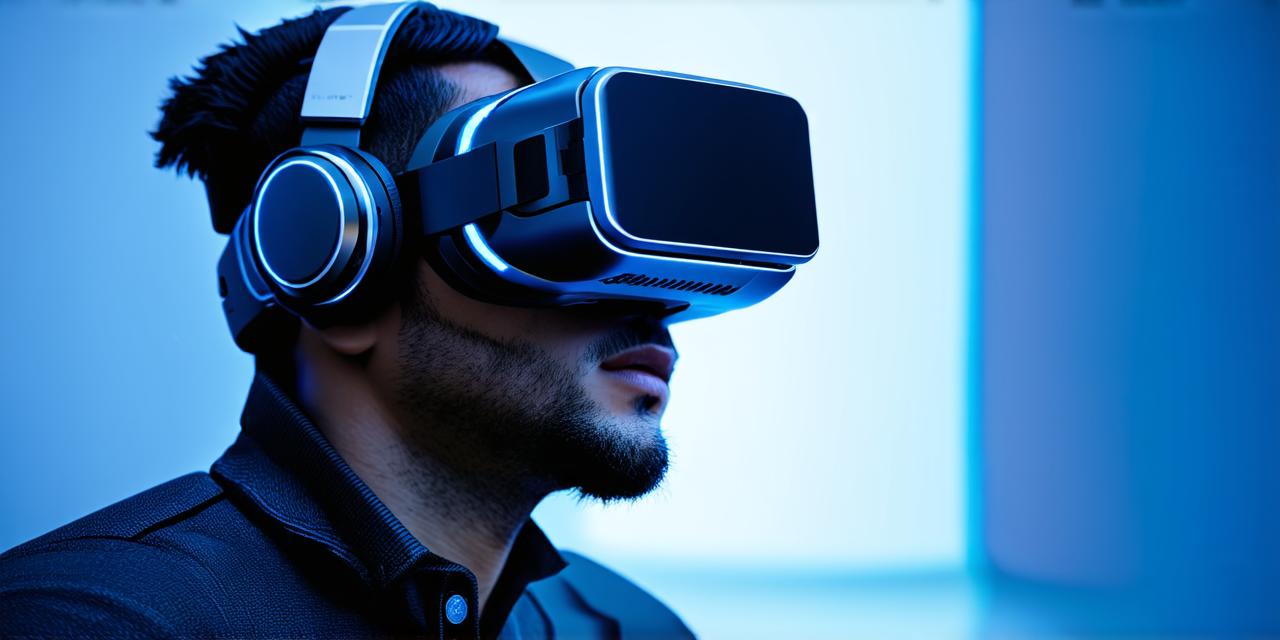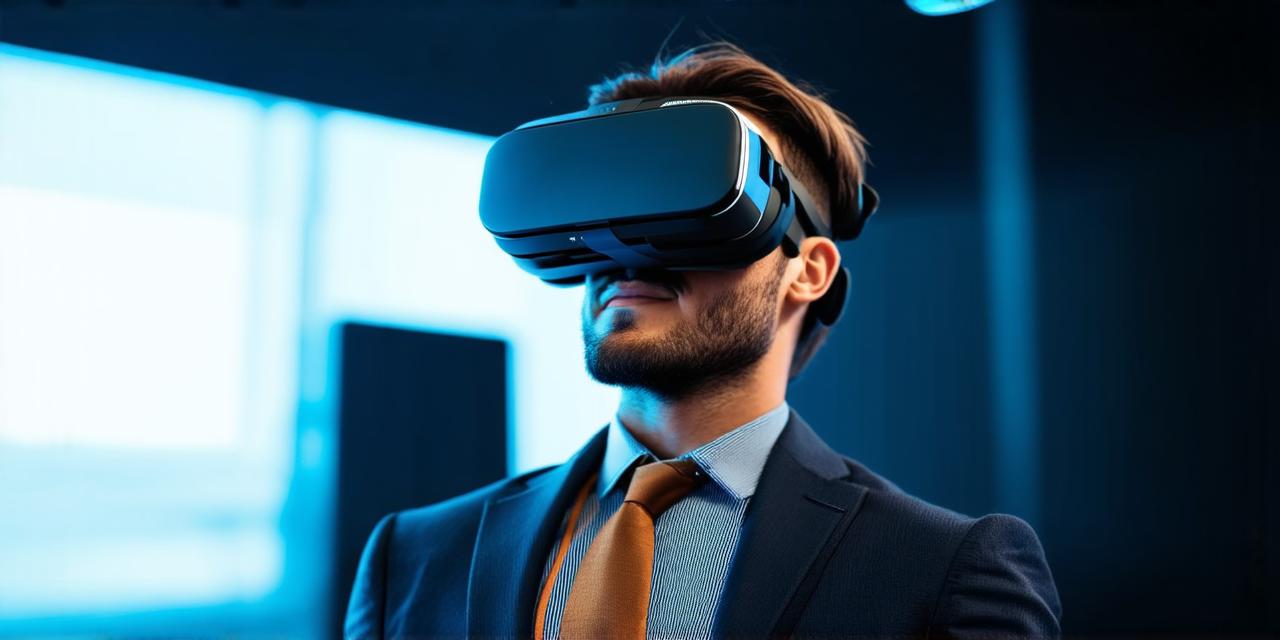Extended reality (XR) and virtual reality (VR) are rapidly gaining popularity in various fields, including education and training. These technologies offer immersive, interactive, and engaging experiences that can greatly enhance learning outcomes.

Improved Engagement
XR and VR offer an immersive and engaging experience that can help students stay focused and motivated during lessons. By creating a virtual environment that simulates real-world scenarios, learners can explore and interact with the material in a more hands-on and interactive way.
Enhanced Learning Outcomes
Studies have shown that XR and VR can improve learning outcomes by increasing retention, engagement, and motivation. By providing learners with a more interactive and immersive experience, these technologies can help students better understand and retain information.
Cost-Effective Training Solutions
XR and VR can also be cost-effective training solutions for businesses and organizations. By providing a virtual environment that simulates real-world scenarios, companies can train employees in a safe and controlled environment without the need for expensive equipment or physical resources.
Accessible Learning Opportunities
XR and VR can also provide accessible learning opportunities for individuals who may not have access to traditional classroom settings or resources. For example, virtual classrooms can be accessed from anywhere with an internet connection, making it easier for students to learn at their own pace and on their own schedule.
Additionally, XR and VR can be used to create simulations that are accessible to individuals with disabilities, providing them with equal opportunities to learn and engage with the material.
In conclusion, XR and VR offer numerous benefits for education and training. From improved engagement and enhanced learning outcomes to cost-effective training solutions and accessible learning opportunities, these technologies can help organizations and individuals alike achieve their educational goals. As XR and VR continue to evolve, we can expect to see even more exciting and innovative uses of these technologies in education and training.



